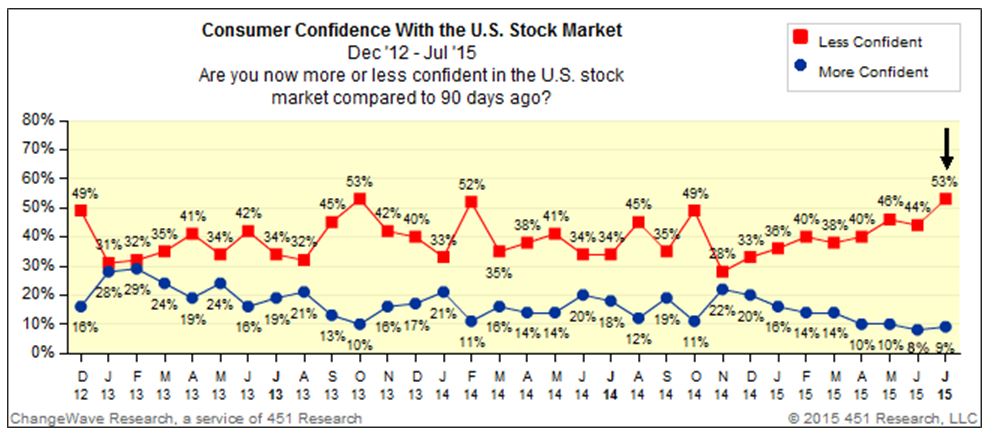Contact: Scott Denne Jay Lyman
After a muted presence in M&A over the past few years, HP has set a stronger pace for acquisitions in 2015 by printing its fourth deal with the pickup of Stackato, ActiveState’s PaaS business. HP’s earlier deals of the year filled gaps in security (Vaultive) and networking (Aruba Networks and ConteXtream) – this transaction plugs two holes in its cloud offering.
HP was among the few enterprise cloud providers that did not have its own PaaS play. With Stackato, HP obtains an enterprise, polyglot private PaaS that also benefits from its basis in the open source Cloud Foundry software and community. Furthermore, the deal gives HP a much-needed stake in the container space through Stackato’s integration and support for Docker and containers.
Valuations in the PaaS sector have been a mixed bag, and there’s been little M&A activity. A couple of companies (Heroku and Tier 3) were taken out early in transactions valued above $100m. The market has also seen some tuck-ins (AppFog and dotCloud). Though terms of HP’s Stackato buy aren’t known, we noted early last year that Stackato was approaching a $10m run rate.
HP’s move comes amid the convergence of IaaS and PaaS. Other acquisitions, customer demand for IaaS-like experience in PaaS, deeper enterprise pushes from the likes of Amazon and Google via PaaS, and software from a number of providers have all contributed to a blurring of the lines, particularly when it comes to managing PaaS and IaaS, which is increasingly integrated. With its existing IaaS software in HP Helion (based on OpenStack), along with the acquired Eucalyptus, HP can now join the IaaS PaaS party by pairing with Stackato.
For more real-time information on tech M&A, follow us on Twitter @451TechMnA.


